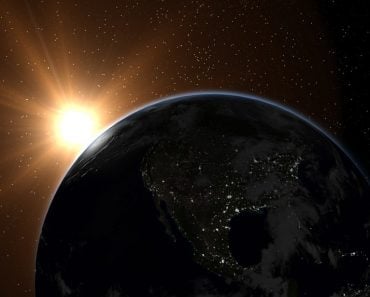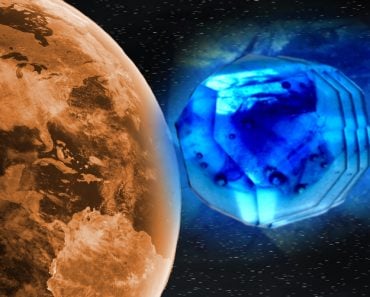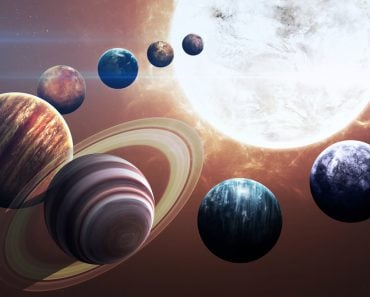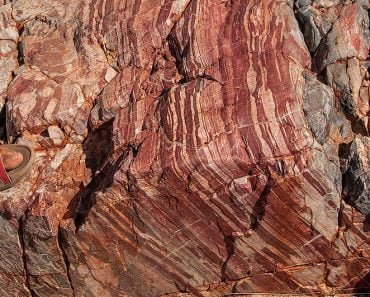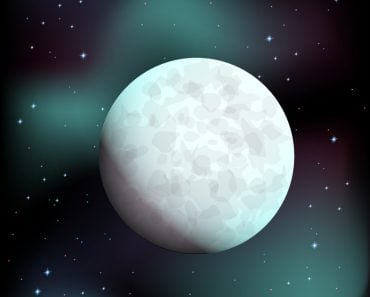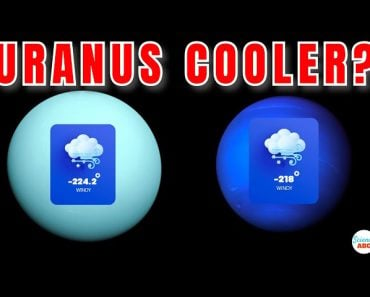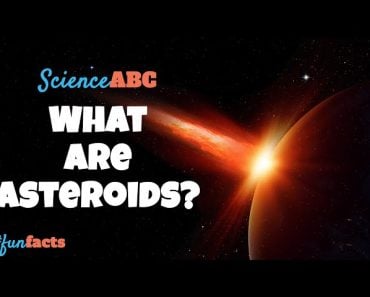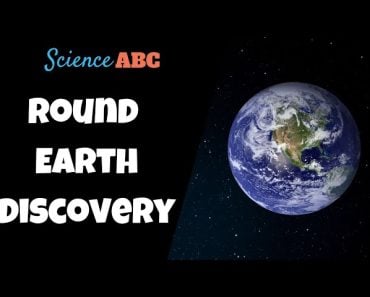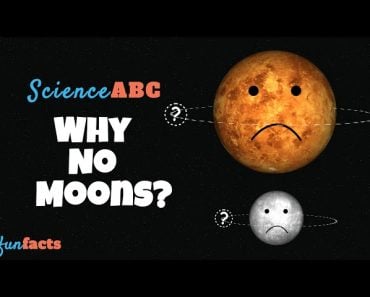Table of Contents (click to expand)
Formation of earth dates back to 4.6 billion years ago. A dense cloud, compressed due to gravity, grew immensely hot and heavy in the center. This became the Sun. The matter on the outskirts of this nebula was pushed outward into space due to the force of solar winds. This matter aggregated through gravity and coalesced into what are called proto-planets and potential moons. This is how Earth is formed because the third proto-planet from the Sun was Earth.
Formation of earth dates occurred 4.6 billion ago. The dense cloud, compressed due to gravity, grew immensely hot and heavy in the center. This became the Sun. The matter on the outskirts of this nebula was pushed outward into space due to the force of solar winds. This matter aggregated through gravity and coalesced into what are called proto-planets and potential moons. This is how Earth is formed because the third proto-planet from the Sun was Earth.
The earth wasn’t always a magnificent blue marble, with colorful trees rustling in the gusts, with impeccable white sand beaches onto which green waves and foam lapse and disperse into each other. With its vacillating oceans and laconic mountains suffused with green, white and brown, inciting equanimity in us.
Later, we erected grandiose domes and numinous cathedrals, glass armored skyscrapers soaring high into the stainless sky. We drove copious cars, omnibuses and trains, the reminders of our mechanical routines, towards nowhere. There is a surge of people, tumultuous, bustling on platforms and in the streets. Life.

Earth actually started out as a hot, lifeless, sturdy rock, constantly buffeted by comets and meteorites for half a billion years. With volcanoes intermittently vomiting molten lava and beings, if any, perishing under the sun’s scorching rays. Rewinding even further, it seems that the planet emanated from sputtered particles and gas that came together under the inescapable lure of gravity.
Recommended Video for you:
The Core Accretion Scenario
Around 4.6 billion years ago, the larval solar system was a hot soup of dust and gas whirling around haphazardly in space. This vagrant matter is believed to have been produced in a supernova. As this nebula contracted, the matter rotated faster, like an ice skater pulling his hands inward. The nascent solar system thus contracted and flattened into a disk.
Formation of earth dates occurred 4.6 billion ago. The dense cloud, compressed due to gravity, grew immensely hot and heavy in the center. This became the Sun. The matter on the outskirts of this nebula was pushed outward into space due to the force of solar winds. This matter aggregated through gravity and coalesced into what are called proto-planets and potential moons. This is how Earth is formed because the third proto-planet from the Sun was Earth.
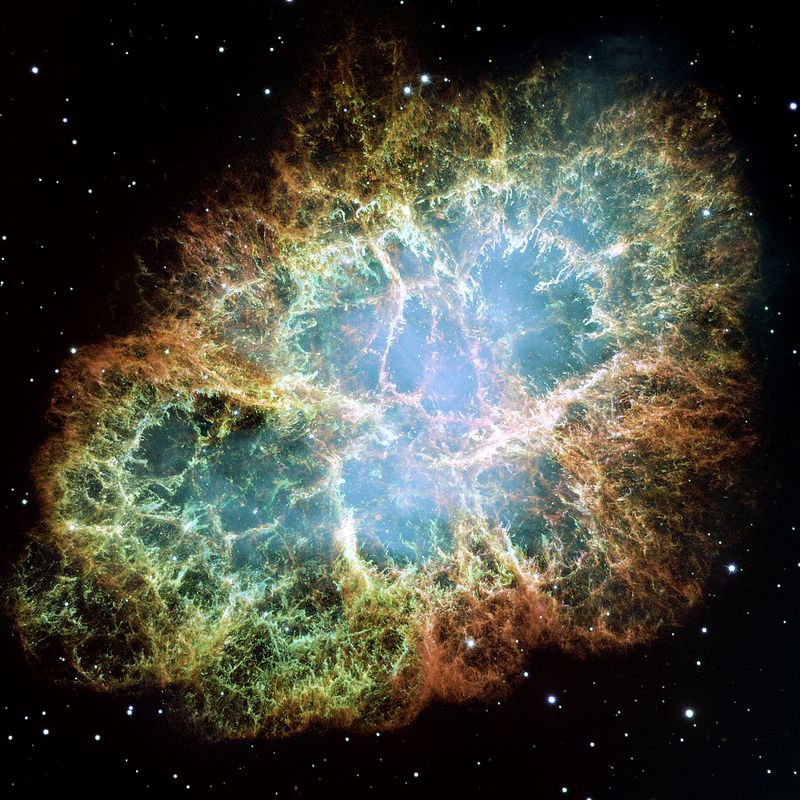
The proto-planets were not only too small, but also far too hot, to keep hold of the volatile gases that were abundant in the nebula: hydrogen and helium. This is why terrestrial planets (Mercury, Venus, Earth and Mars) are composed of metals or silicate mantles. The atmospheres of these planets are either extremely thin or absent altogether.
On the other hand, because the Jovian planets (Jupiter, Saturn, Uranus, Neptune) were distant from the conflagration, they were cool enough to accumulate these gases. These planets are primarily made up of hydrogen, helium, methane and ammonia, and are commonly labeled gas giants.
Also Read: What Is Jupiter Made Of?
The Early Earth
It is estimated that the early Earth housed very high temperatures due to the elevated pressure from gravitational compression. Add to that the impact of meteors and incessant radioactive decay. This era is named the Hadean Age. Hadean is Greek for “the underworld”.
The initial Earth was largely molten. Like oil and water, the denser metallic liquid sunk deep into the center, forming the mostly iron core, while the less dense silicate liquids settled on top of it to form a rocky silicate mantle.
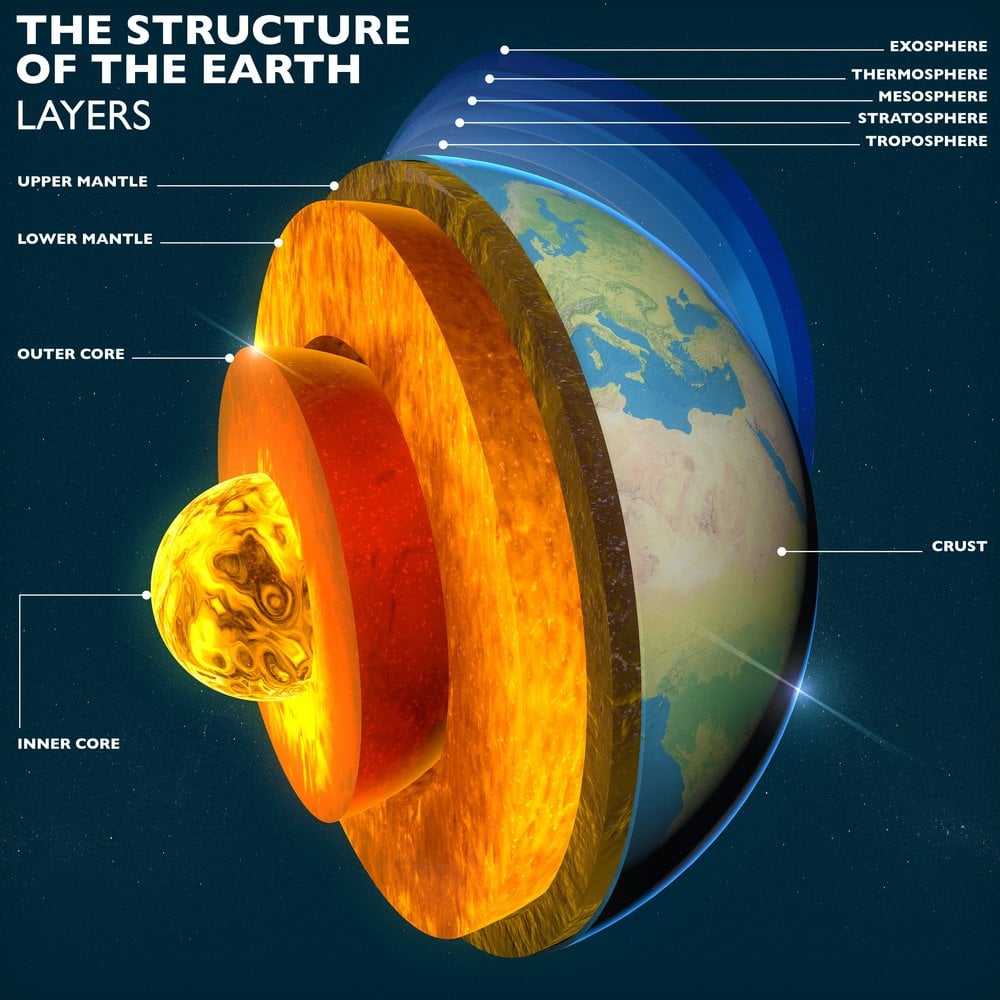
The constant bombardment of meteors and comets led to the formation of volcanoes, which combined with the already intrusive igneous activities on Earth to form the crust of our planet. The gases exhaled by these volcanoes also contributed to the formation of our thin, yet protective, atmosphere.
The water vapor slowly condensed and its quantity was augmented by the presence of ice-cold comets. The vapors that accumulated in the atmosphere cooled down the Earth’s molten exterior. This led to the formation of oceans. The volcanoes also replenished the atmosphere with carbon dioxide and nitrogen.
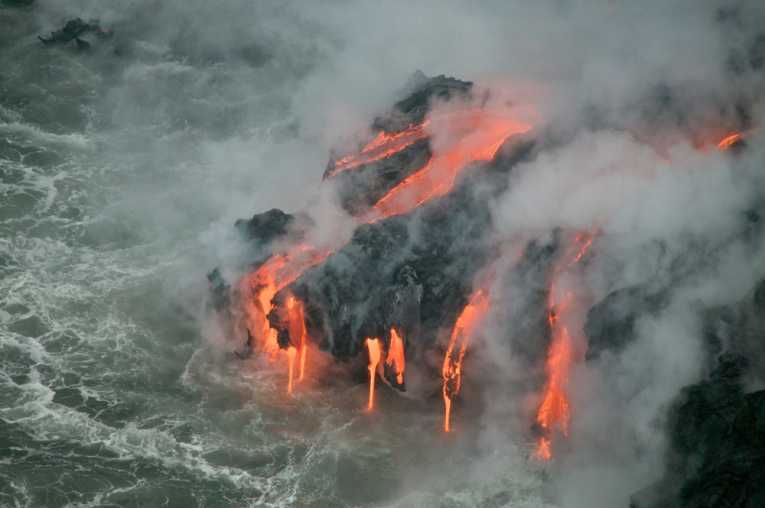
It was also during this era, roughly 70-90 million years ago, that our natural satellite, the moon, is believed to have been formed due to Earth’s collision with another proto-planet named Theia. This hypothesis is formally called the Giant Impact Hypothesis. More about the formation and constitution of moon can be found over here.
Also Read: Was The Earth Ever Totally Underwater?
The Archean Age
At the end of the Hadean age, around 3.8 billion years ago, the Archean age began; Archean is Greek for” beginning” or “origin”. This period marks the formation of life. This period witnessed further cooling of our planet, to the point where it was cool enough to begin and sustain life.
However, life forms weren’t as rich or diverse as they are today. The atmosphere still lacked a layer of ozone and the necessary amount of pressurized oxygen. The mantle was a sweltering 1600° C, which contributed to the planet’s wavering geological activity. Processes like plate tectonics occurred much faster. As the surface continually reshaped itself, continents formed and fell apart.
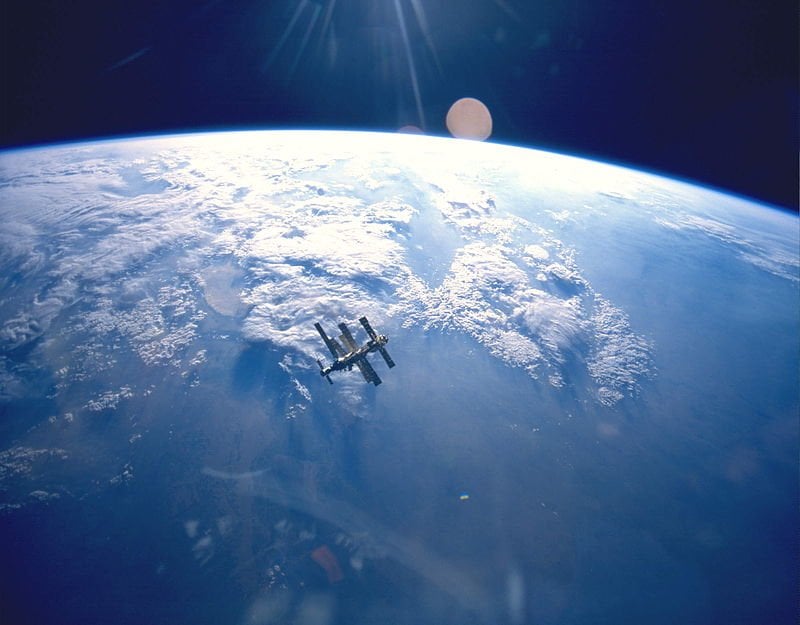
The movement occasionally led to the formation of a supercontinent. About 750 million years ago, the earliest supercontinent, Rodinia, began to crack and recombined 600 million years ago to form Pannotia, and then finally, Pangaea.
Pangaea broke up 180 million years ago and its components have drifted to form the configuration with which we are currently familiar. Following this was the introduction of humongous dinosaurs, the rise of mammals, the evolution of homo-sapiens and consequently, civilization. All from mere dust.
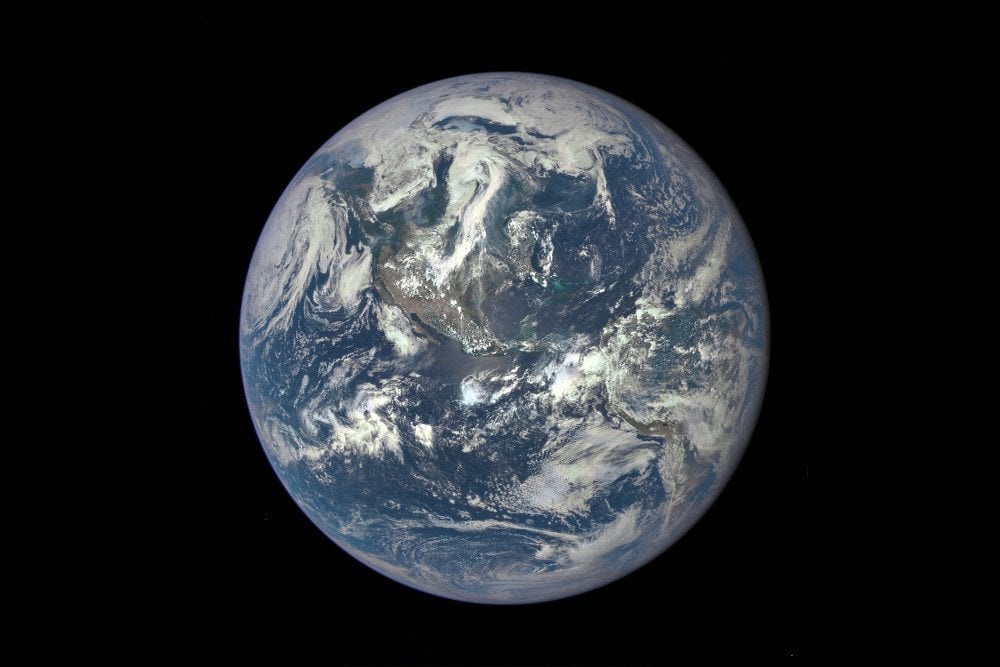
What’s even more tantalizing about the formation of Earth is that the conditions are “just right” for supporting life. We still know very little about how Earth acquired its chemical composition or what – unlike any other planet – allowed it to retain its unique properties.
The presence of liquid water can be pigeonholed as one of the quintessential perpetuators of the development and ascendancy of biological life. Earth’s temperature was neither too high to vaporize it nor too cold to freeze it. The planet is often referred to as a Goldilocks planet because the conditions here, like the accommodations and fastidious demands of the protagonist of the Goldilocks and the Three Bears fable, needed to be just right.

